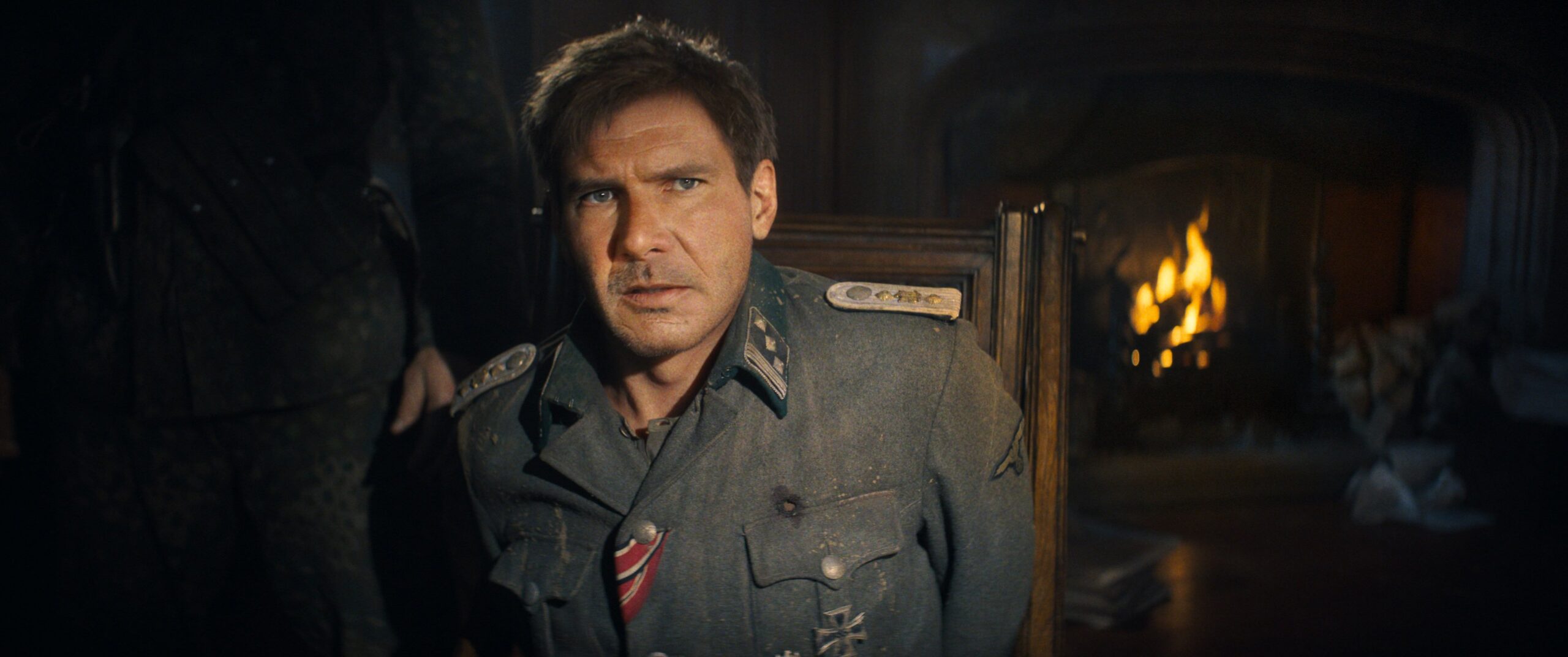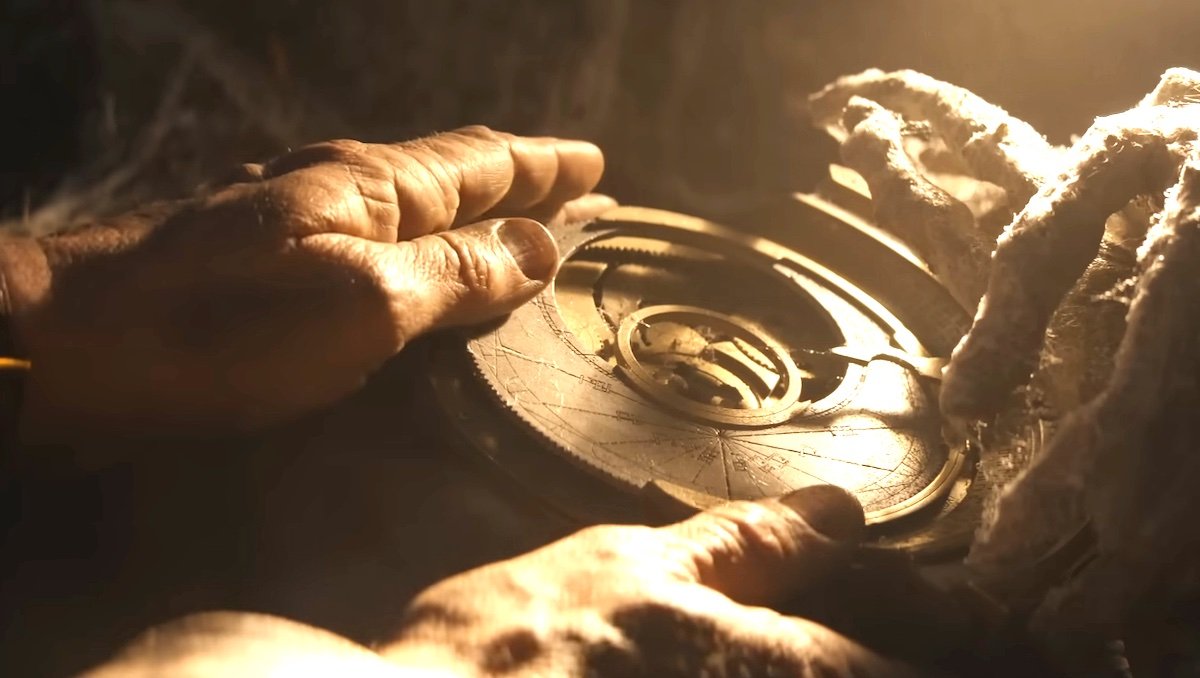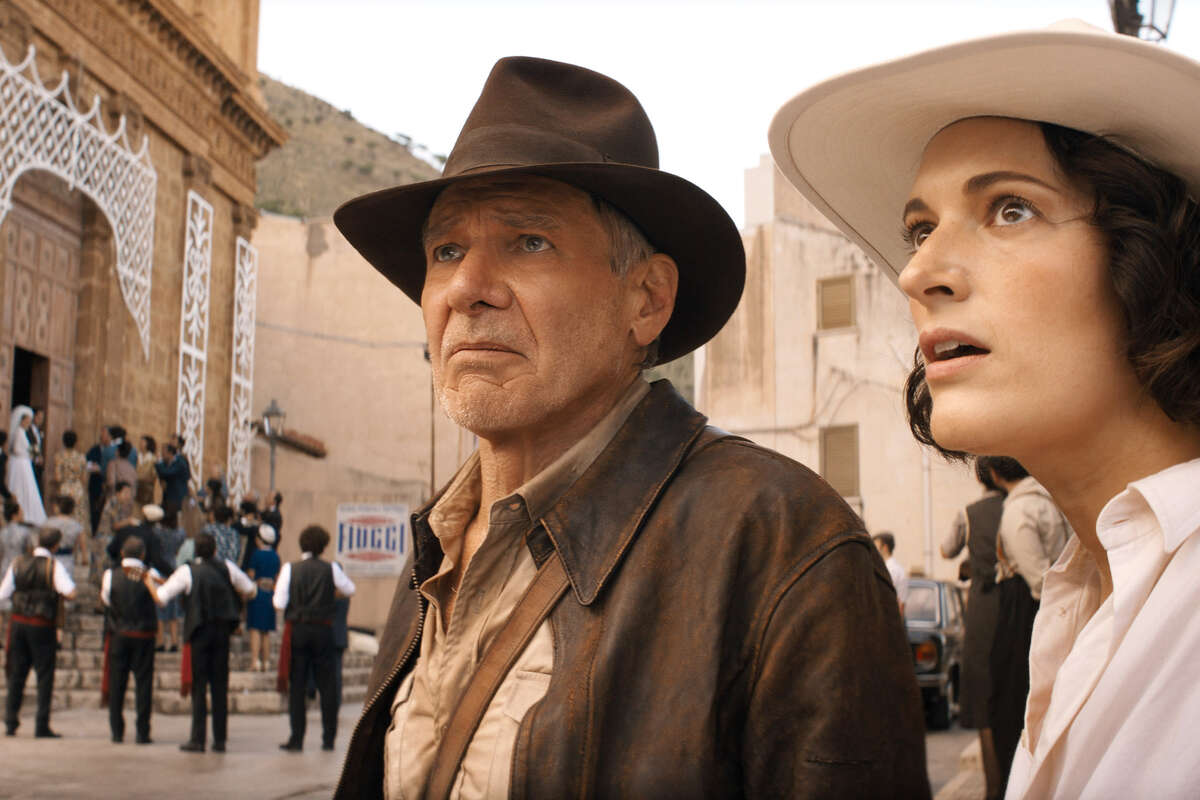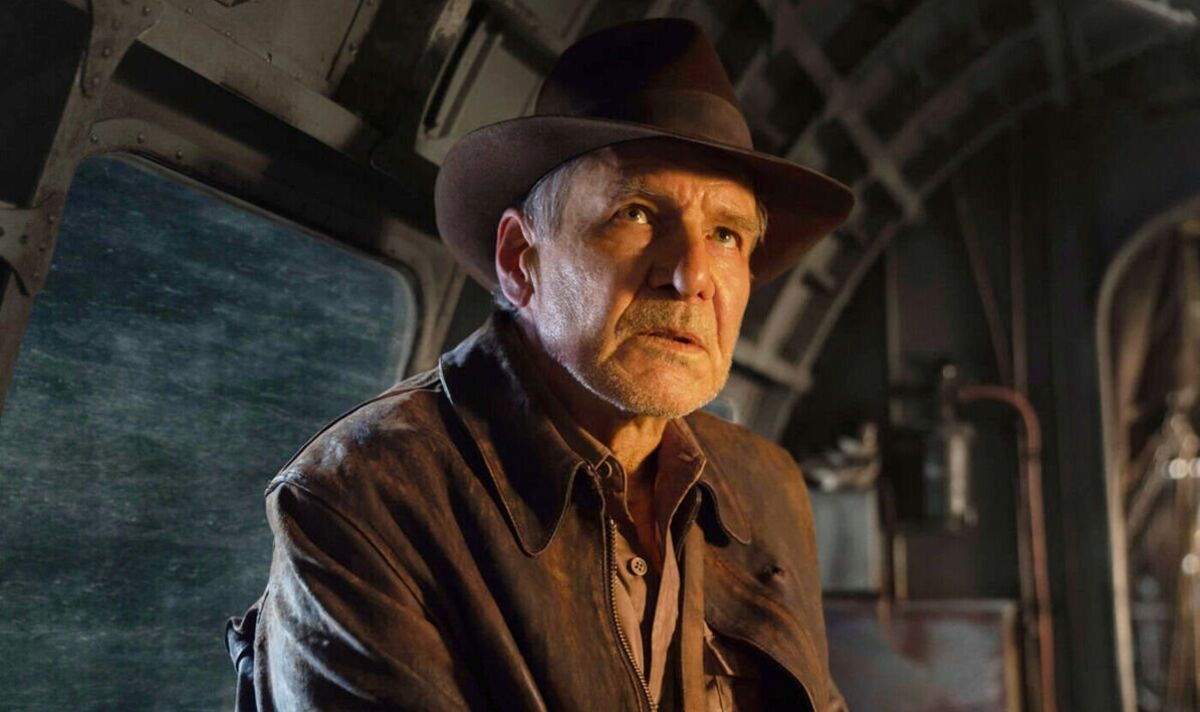Indiana Jones and the Dial of Destiny ★
Indiana Jones and the Dial of Destiny fails to unearth any treasure in the archeological adventurer’s dismal final outing.
Author Profile
Latest entries
- 19 August 2024NewsQueer dance Mariposa set for UK tour
- 15 August 2024Edinburgh Fringe 2024These Are The Contents of My Head (The Annie Lennox Show) ★★★★★
- 15 August 2024Edinburgh Fringe 2024An Evening Without Kate Bush: Edinburgh Fringe 2024 ★★★★★
- 13 August 2024Edinburgh Fringe 2024The Kate Bush Story ★★★




